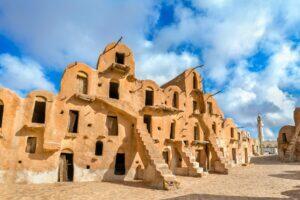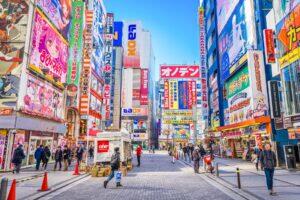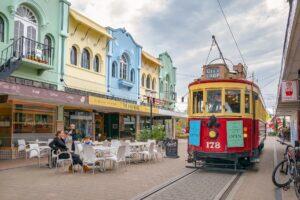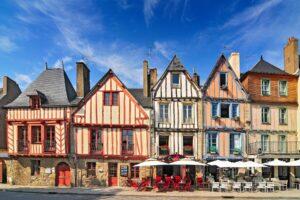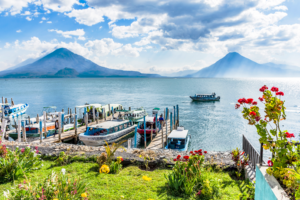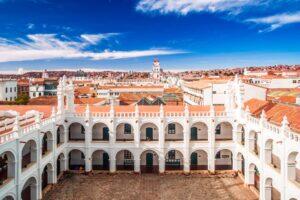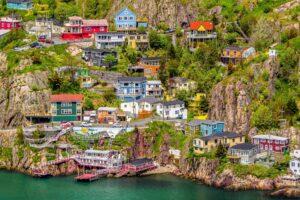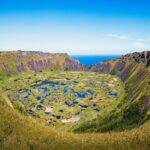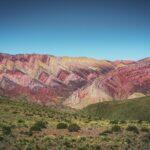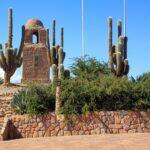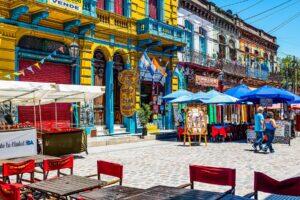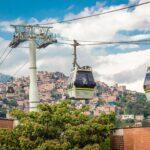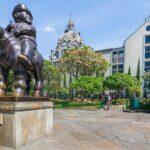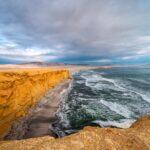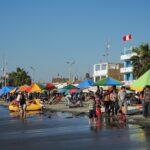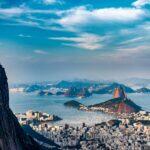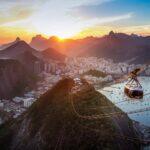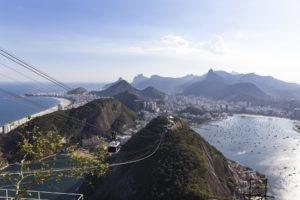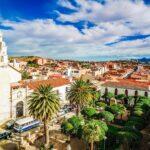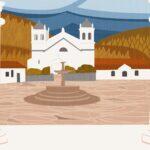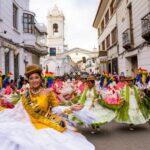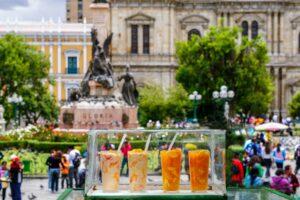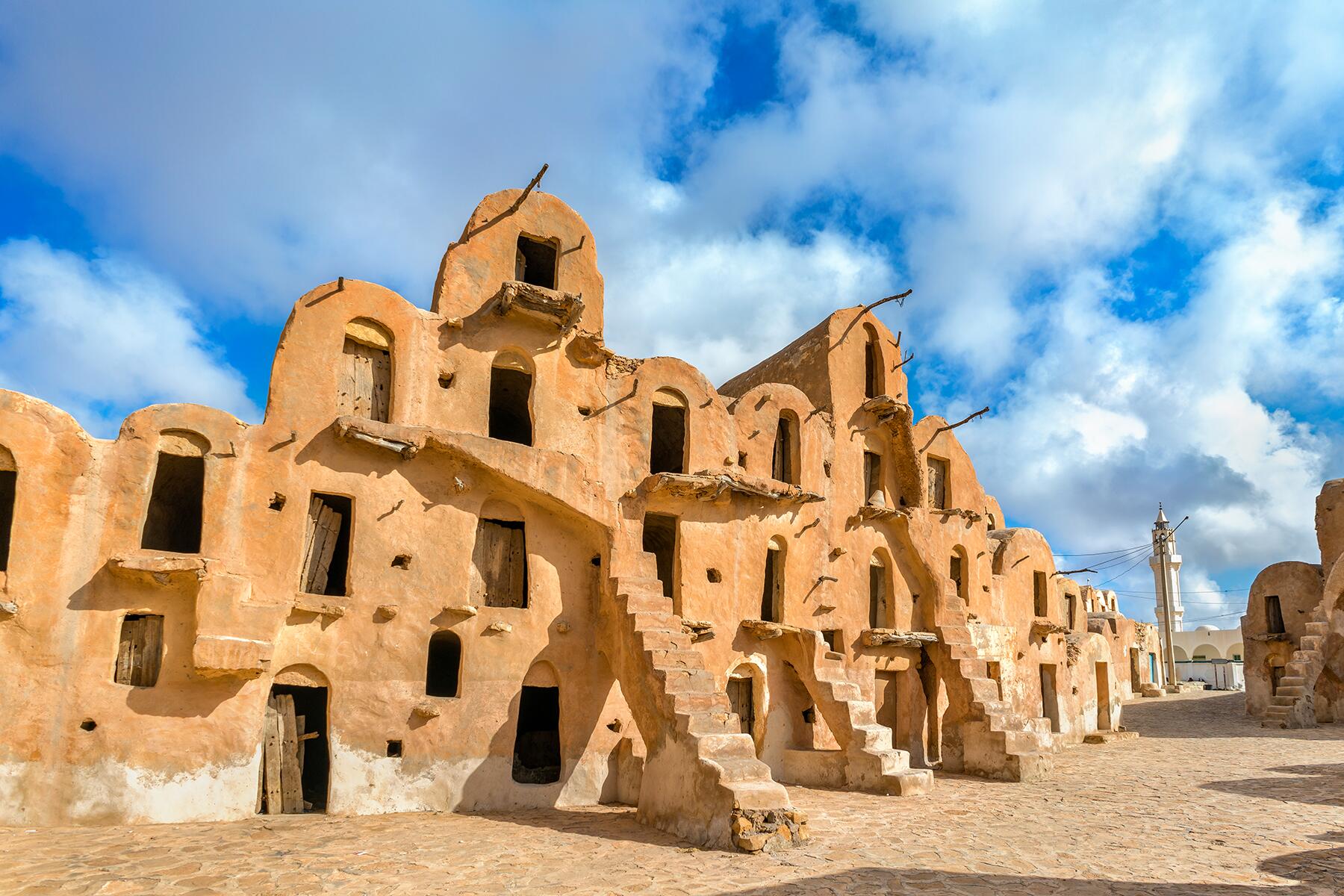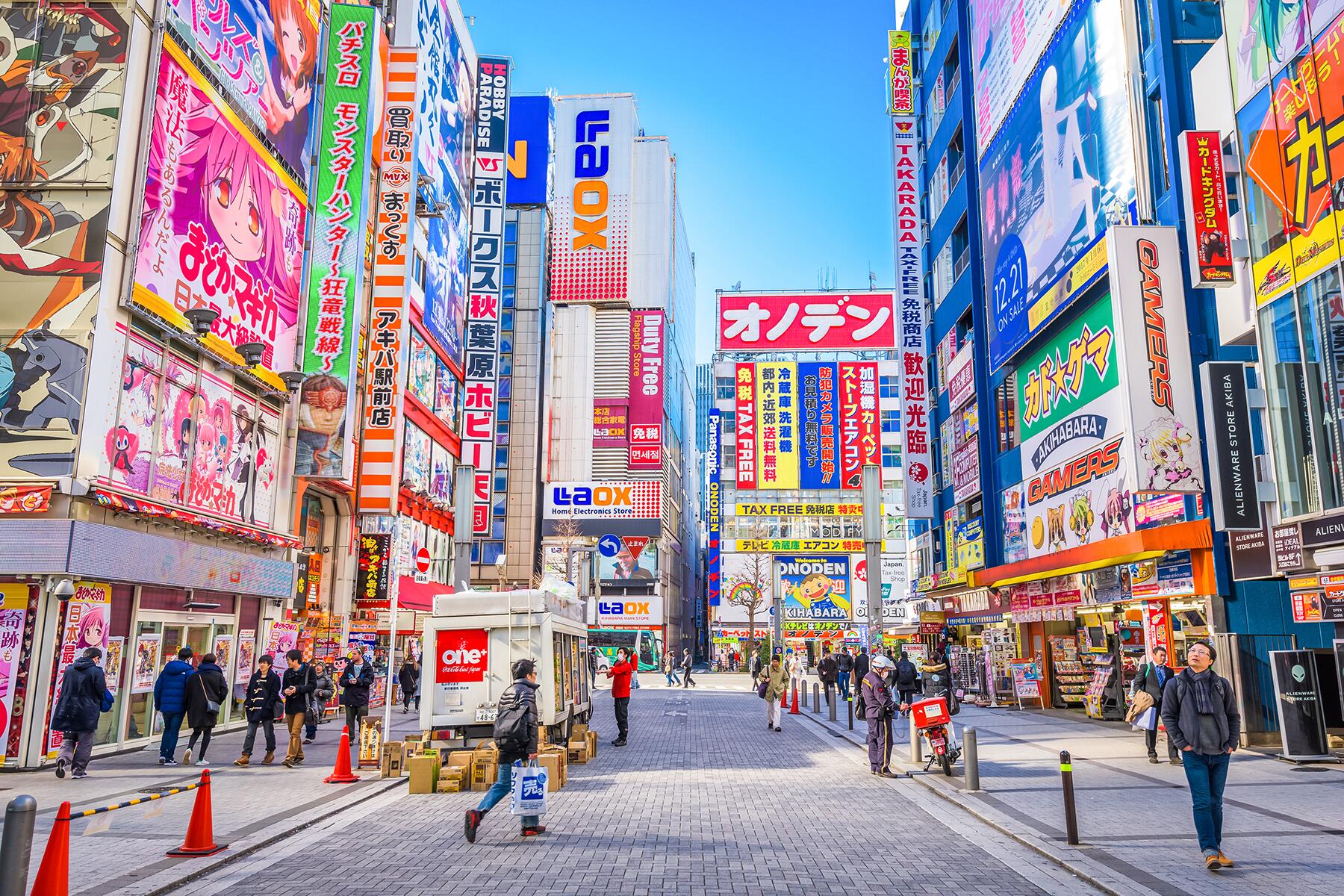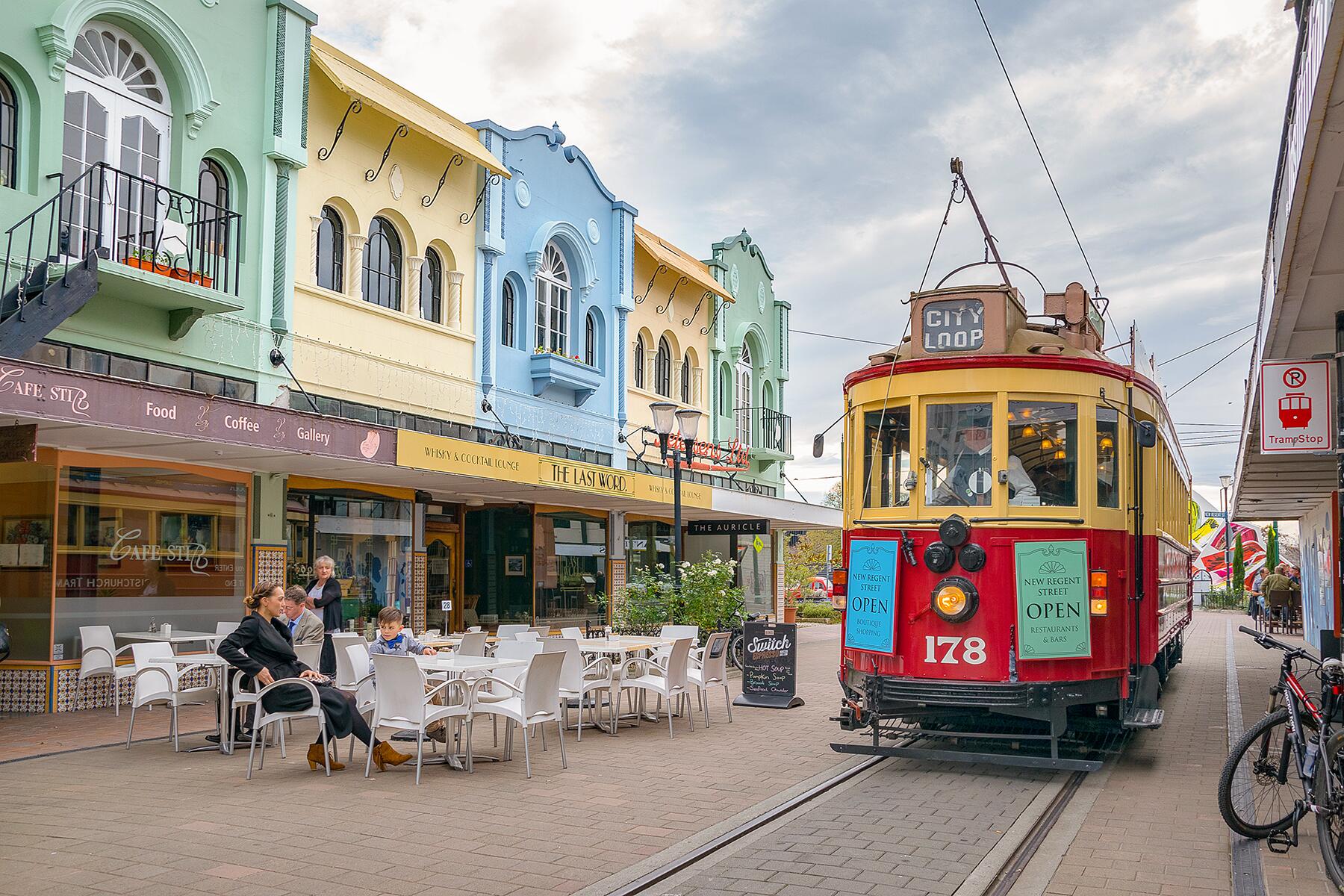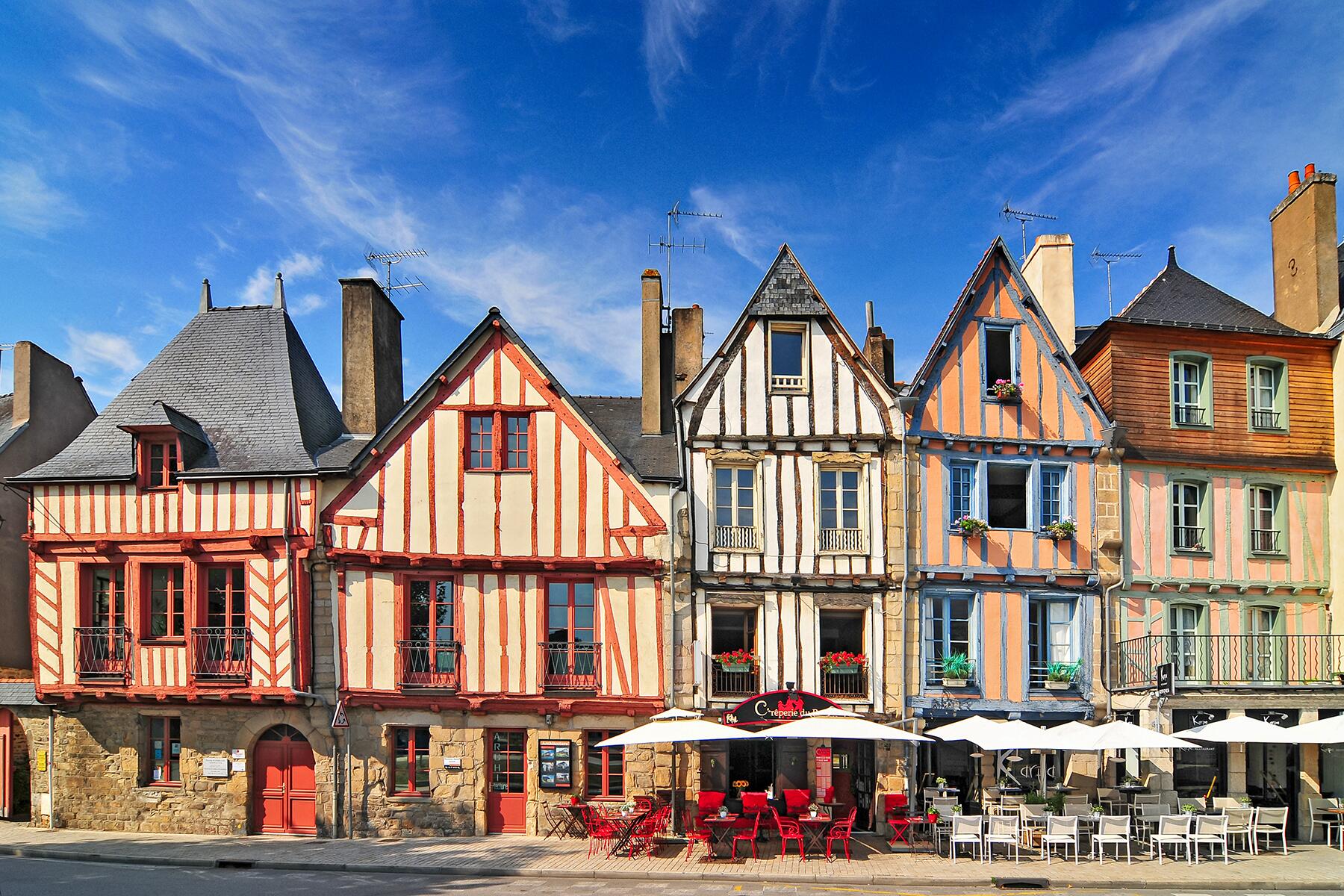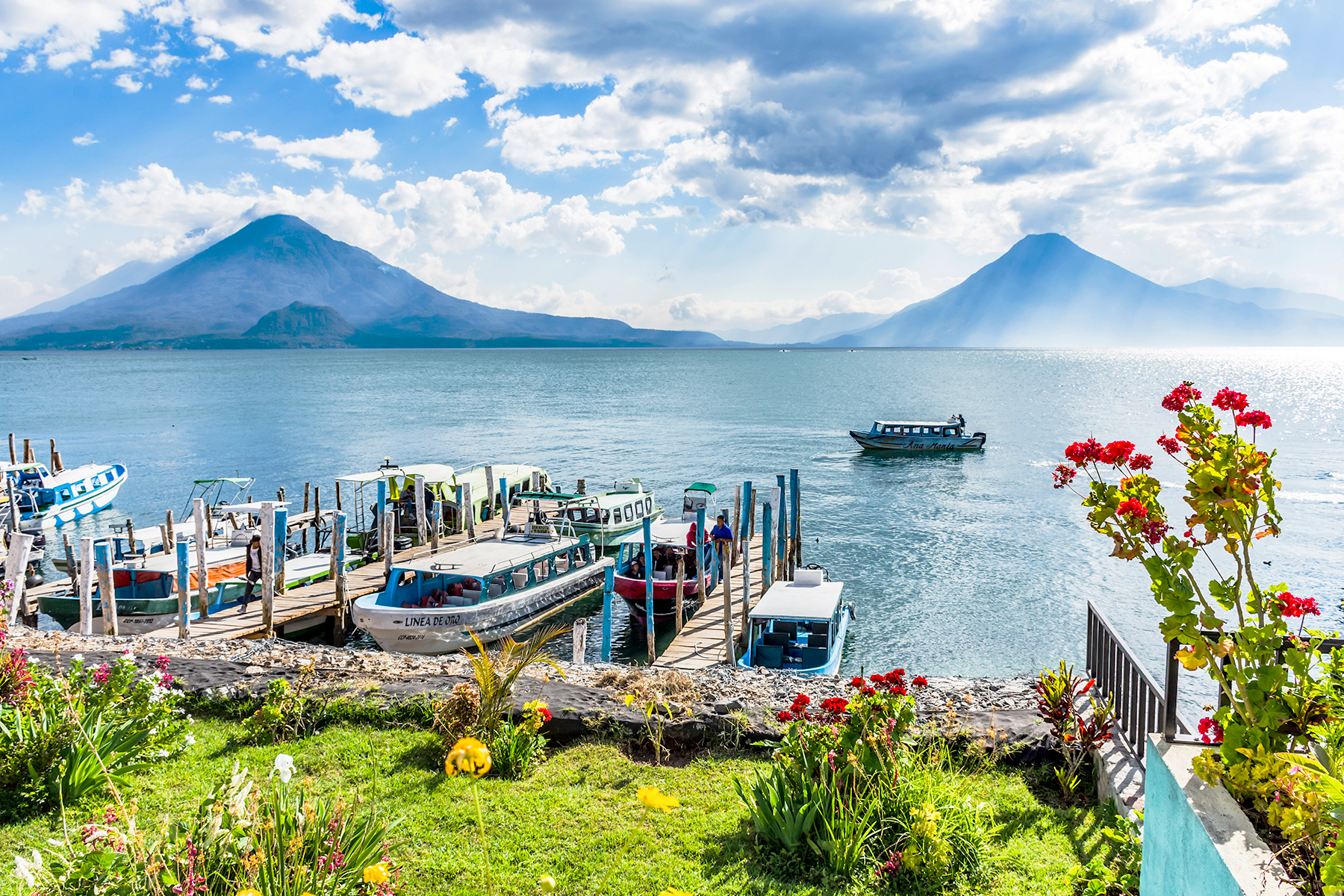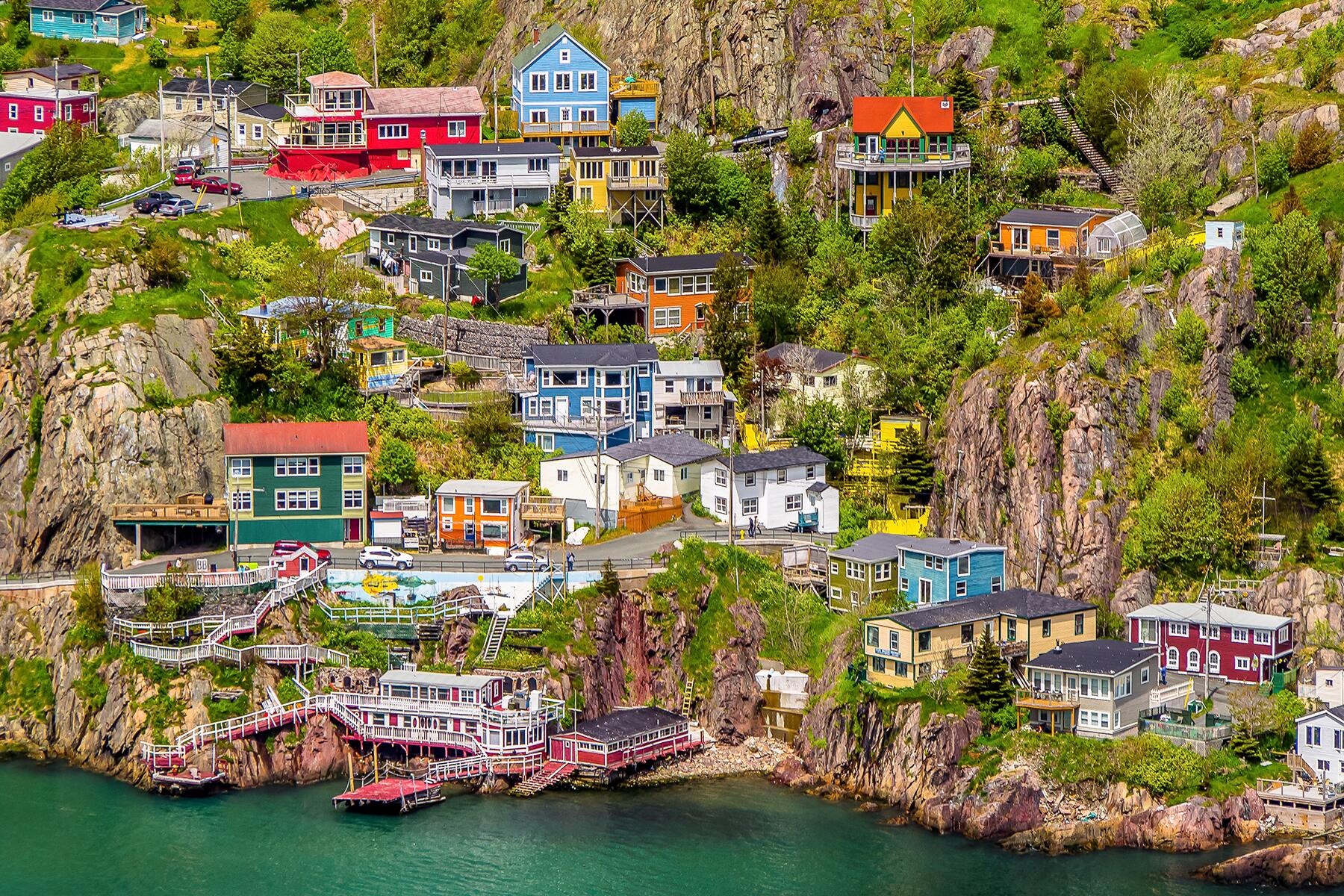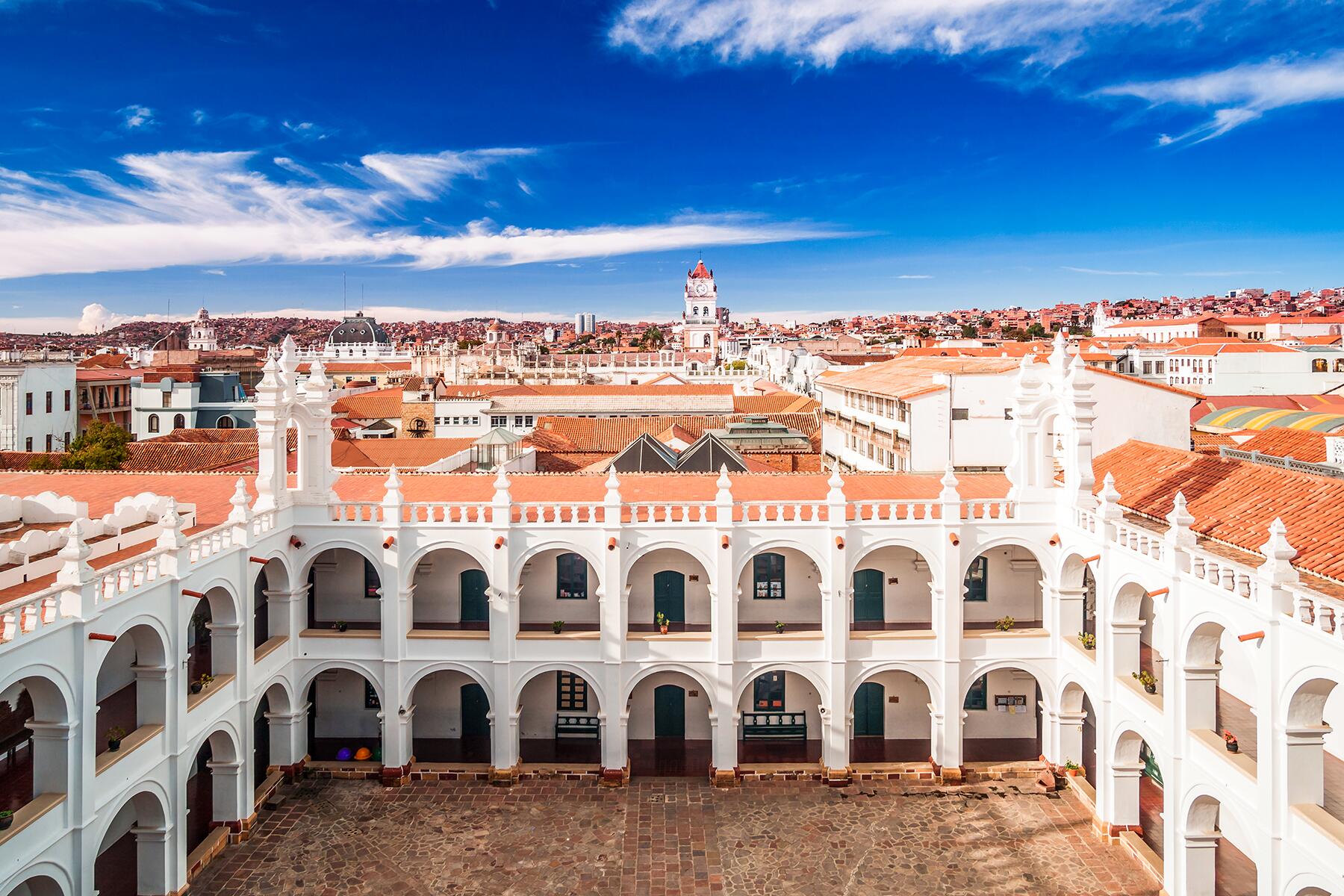
South America
Top places to go in South America in 2020
Expand Full List
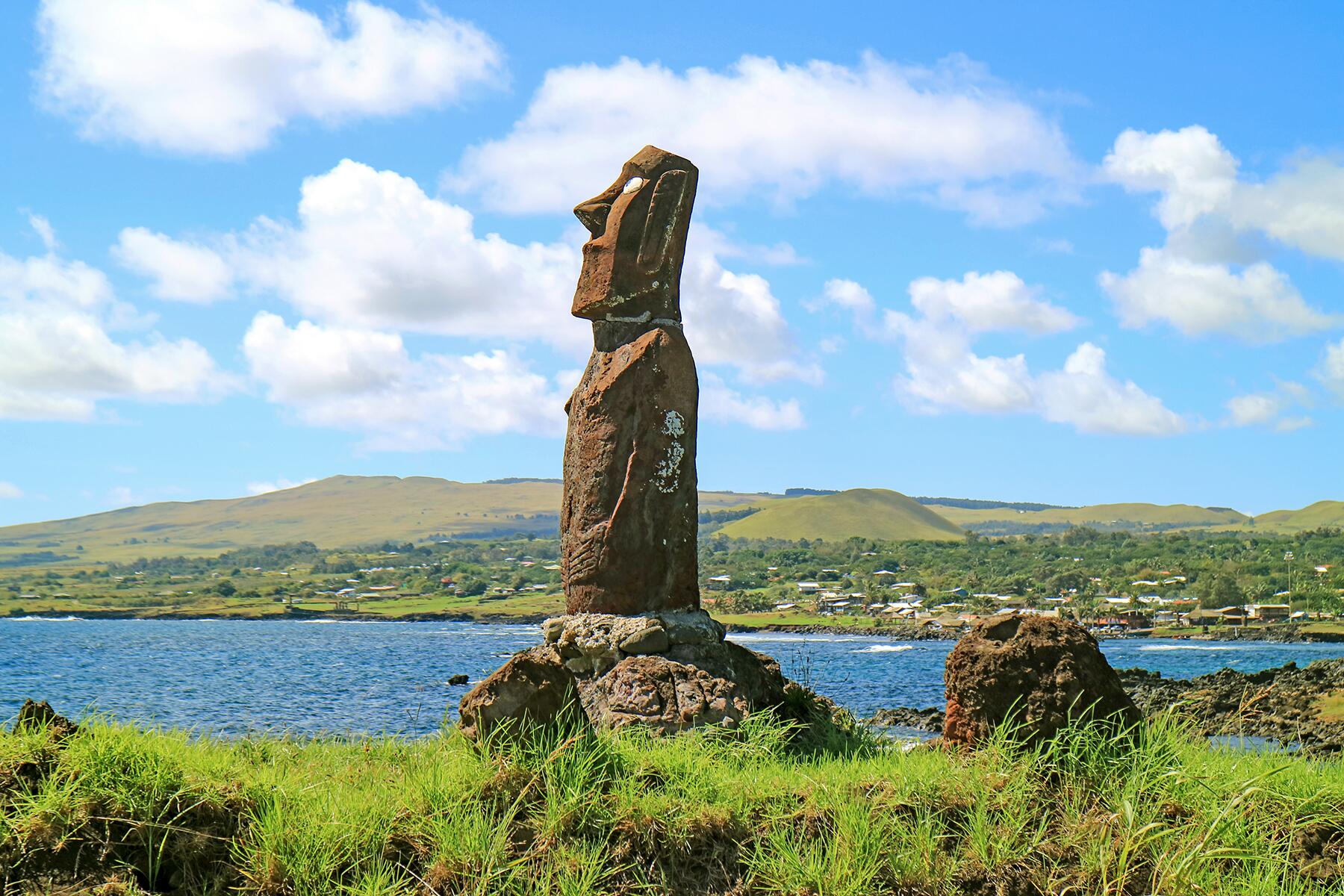
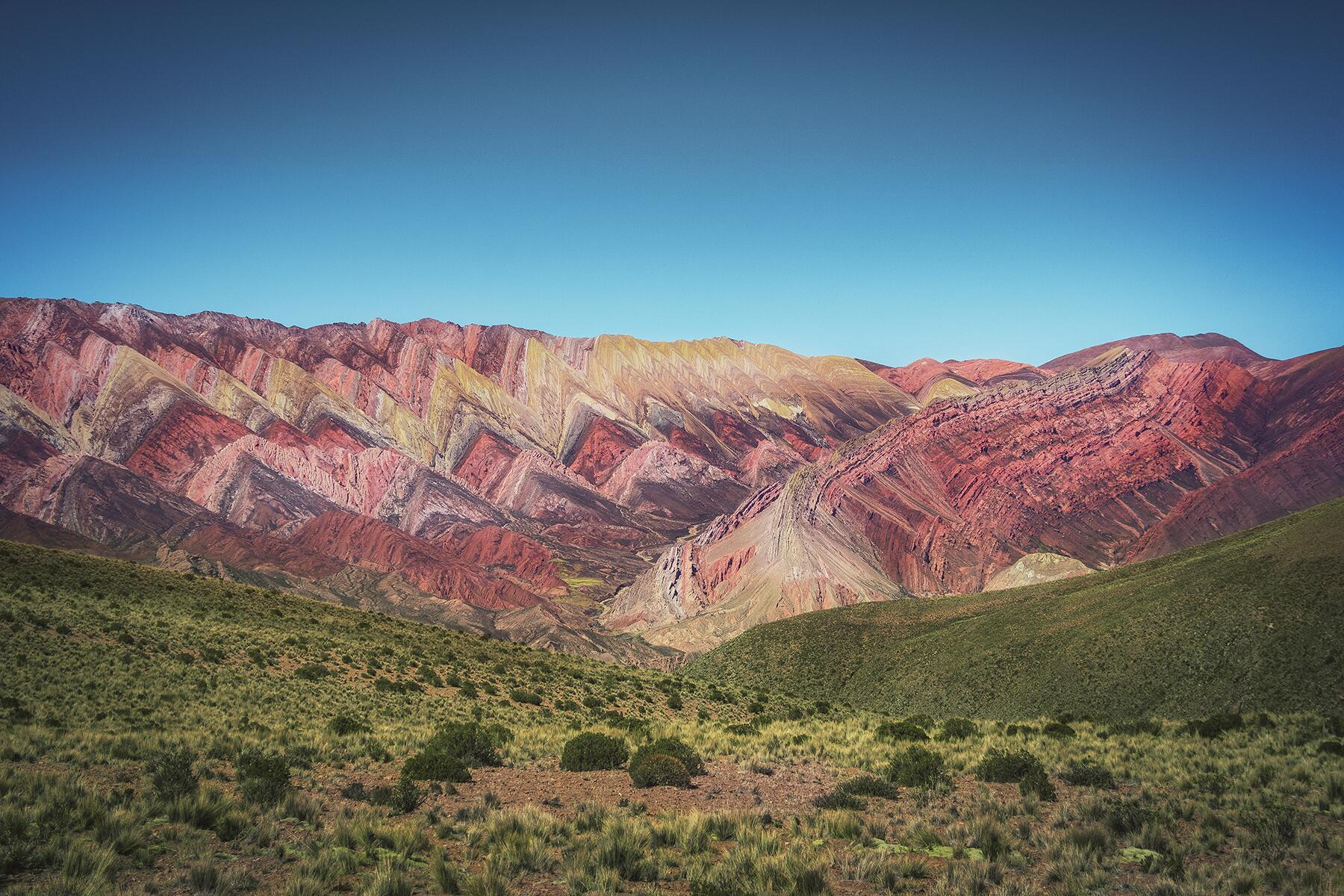

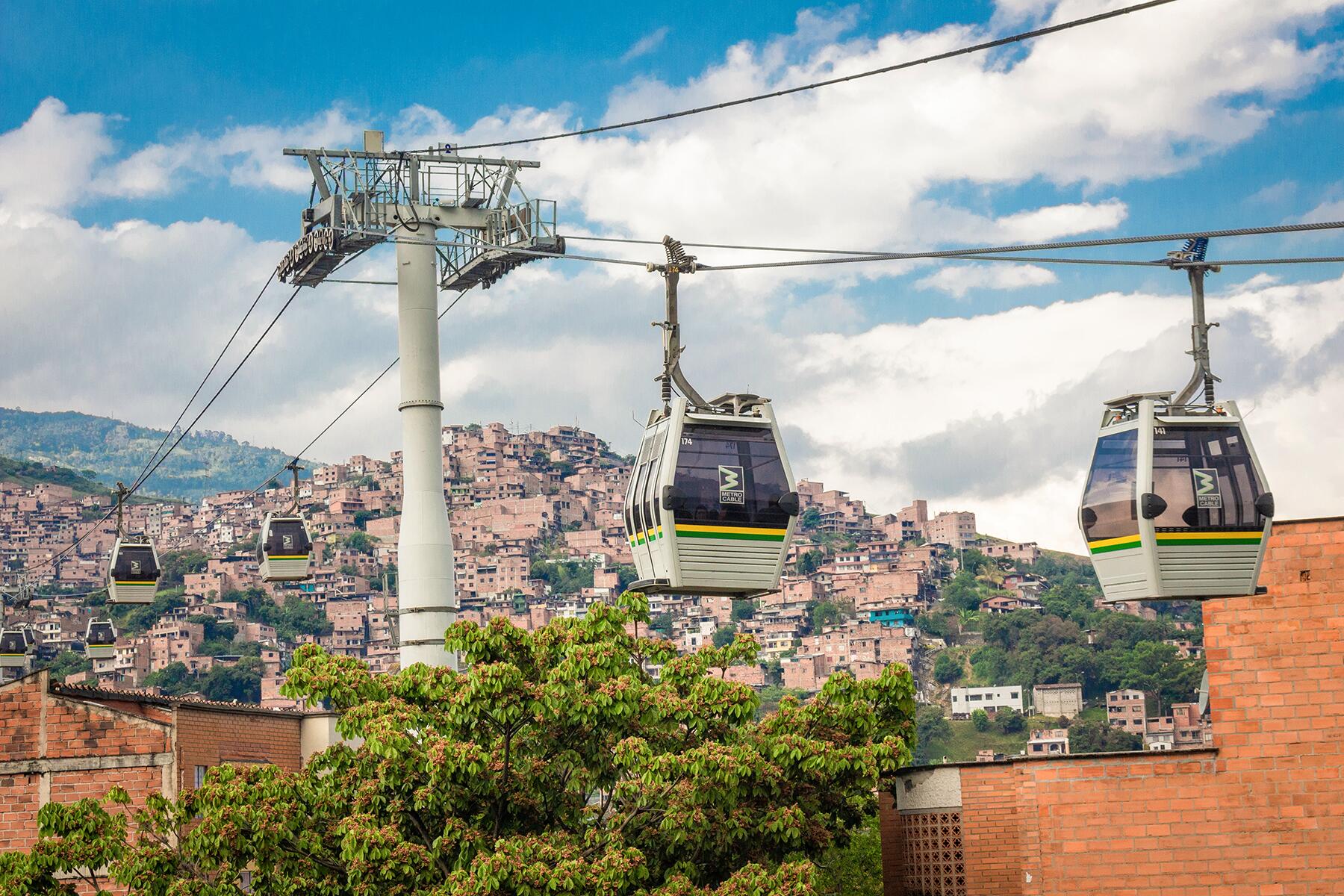
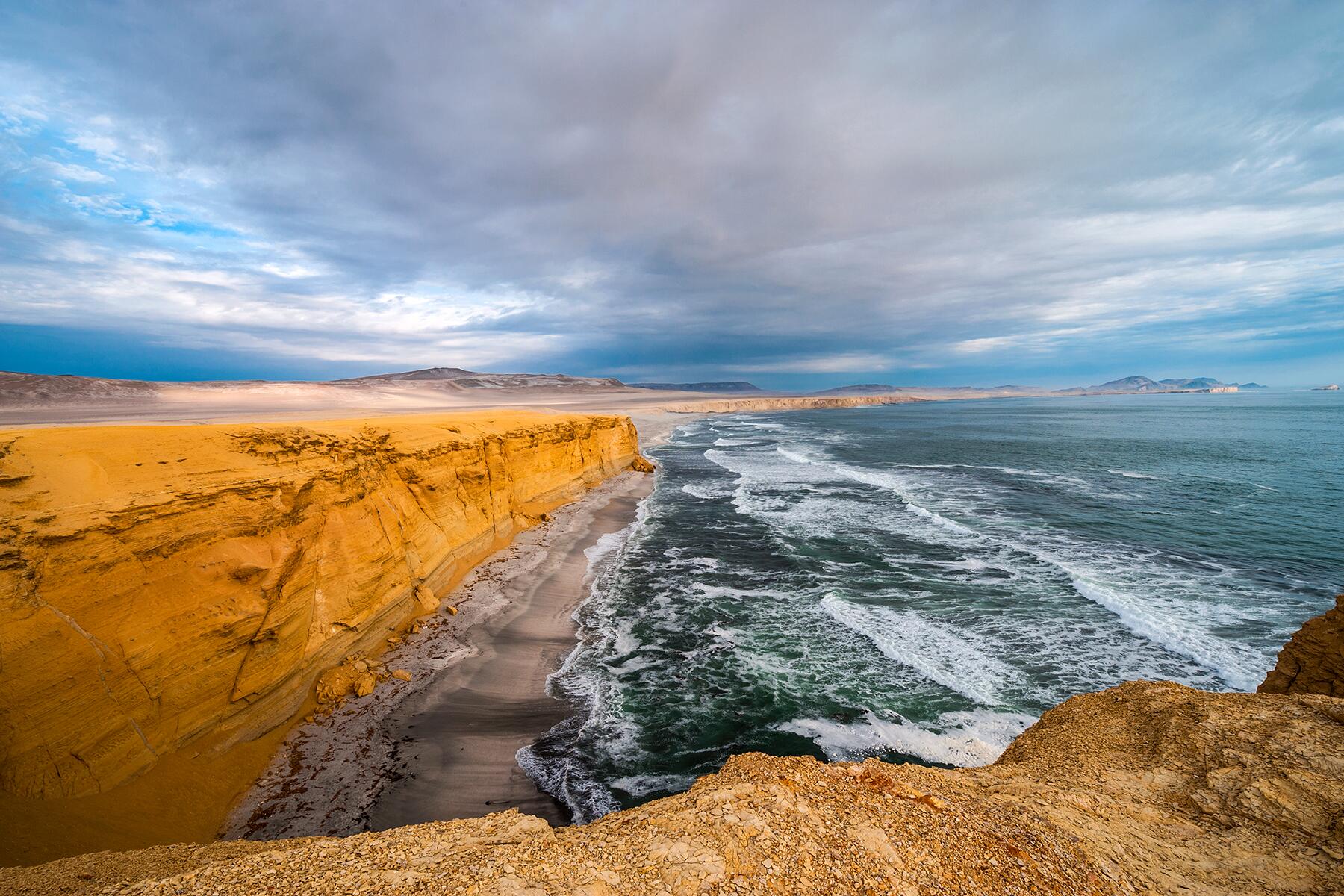
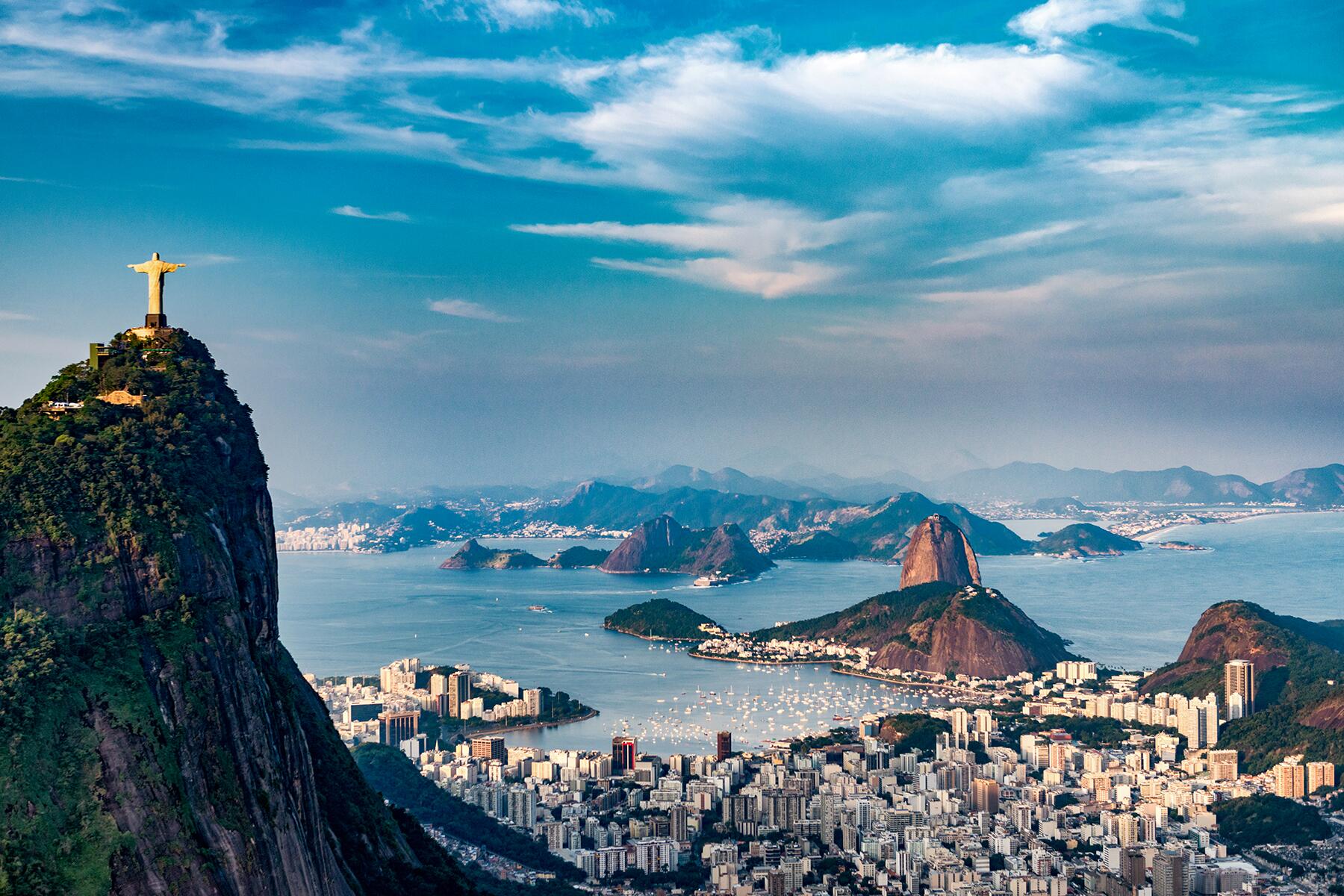
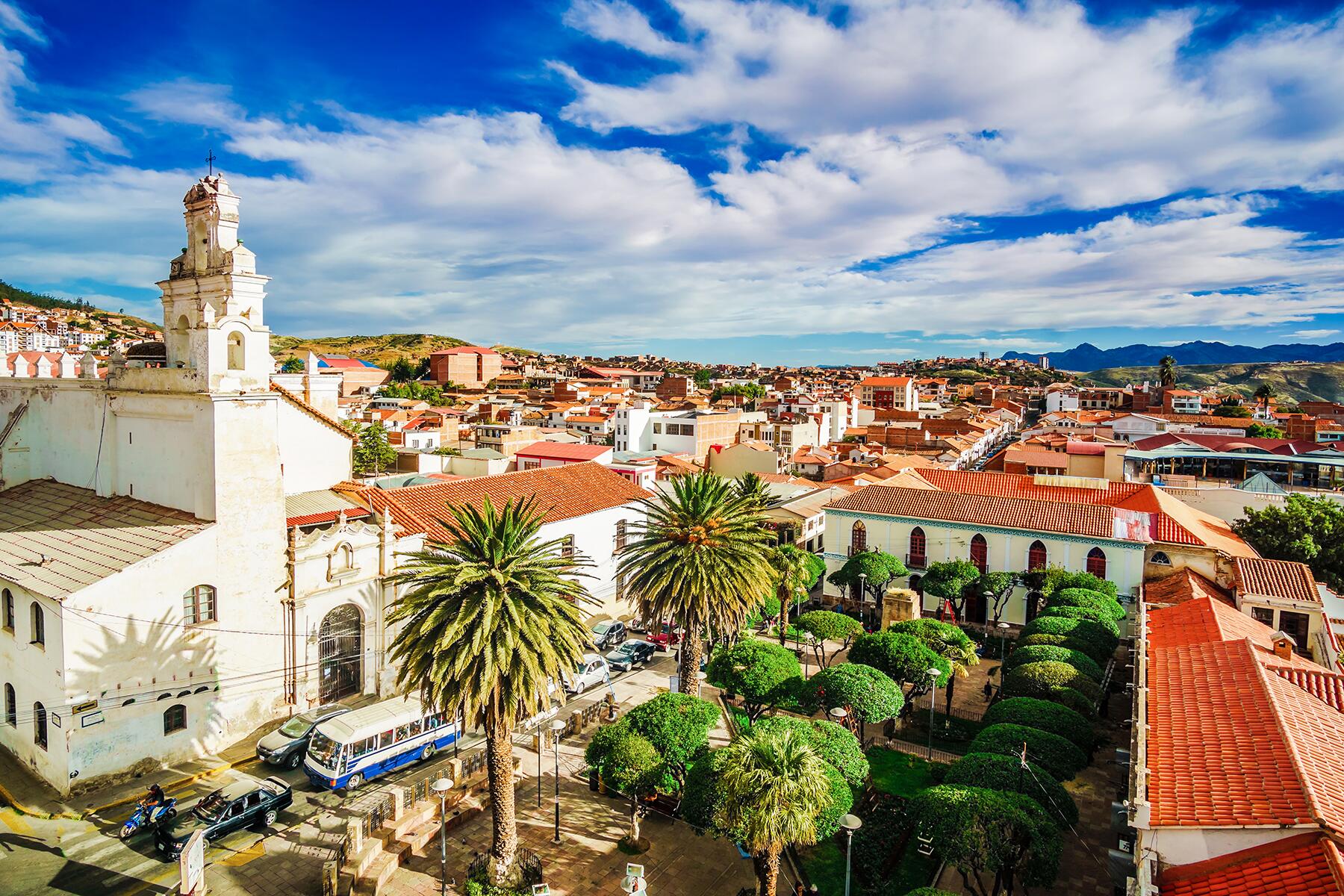
-
Easter Island, Chile
![]()
-
Humahuaca, Argentina
![]()
-
José Ignacio, Uruguay
![]()
-
Medellín, Colombia
![]()
-
Paracas, Peru
![]()
-
Rio de Janeiro, Brazil
![]()
-
Sucre, Bolivia
![]()


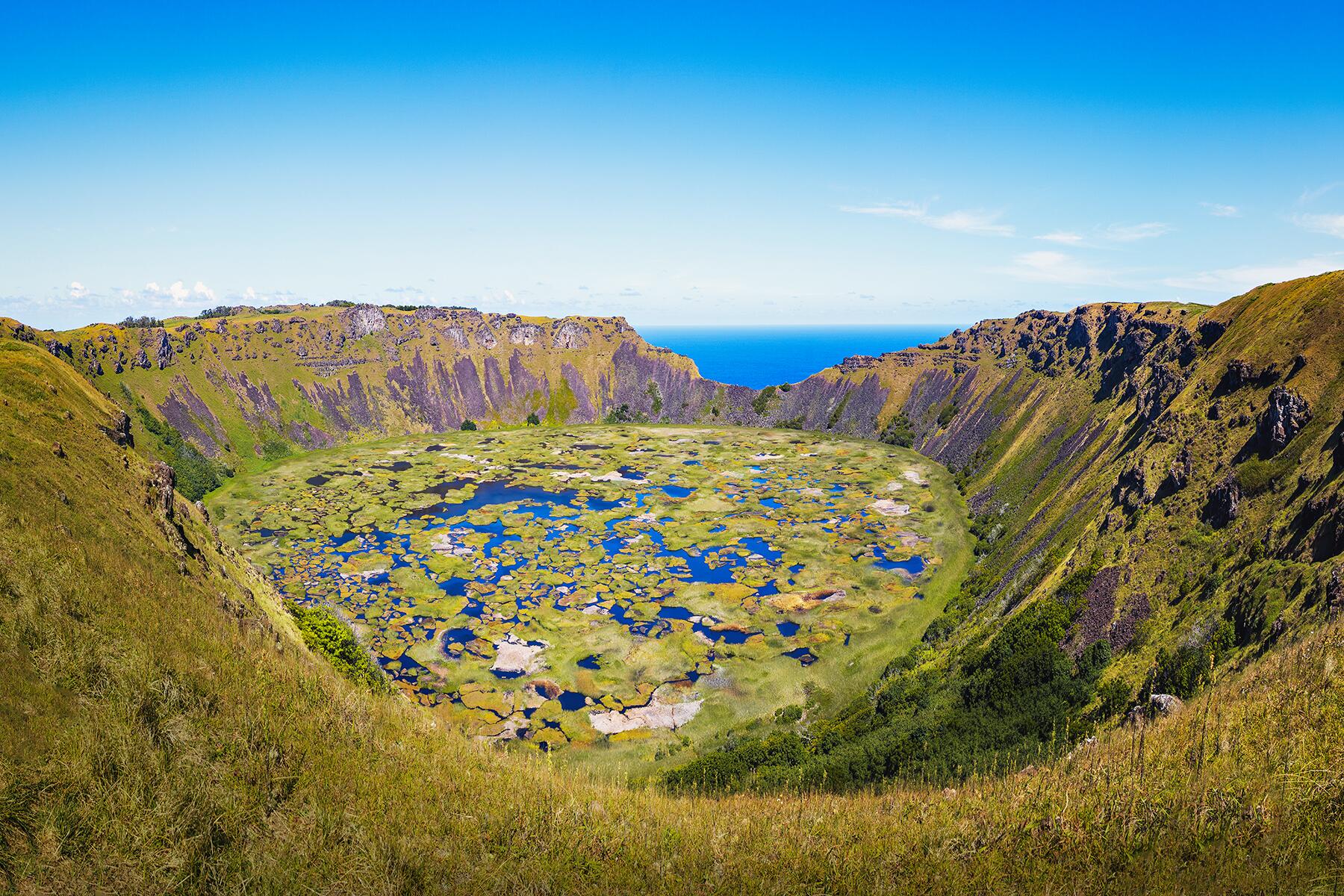
Easter Island
Chile
There may be no other island that’s more magical than this one. It’s an almost alien-like landscape: rolling hills of long-dormant volcanoes and dark, ashen soil. There are few trees; most of them were felled centuries ago. And yet it’s all so green, like a bucolic English countryside. Wild horses meander and everywhere you turn, there’s a giant stone head staring back at you. There are only 6,000 people on Easter Island, or Rapa Nui as it’s called locally, but these heads, the moai, which are the embodiment of the ancestors of the Rapa Nui people, have a population of almost 1,000. But they’re in danger. Their features are quickly eroding from lichen, a fungal-algae that’s creating white blotches across them like pimples on an oily teen. Coupled with threats from climate change and over-tourism—there are now 100,000 annual visitors, compared with only 5,000 in the ’80s—there are serious concerns about the long-term viability of the island. So, why go? Is this just another “see it before it’s gone” destination? No—do it for the people who live there, too. Easter Island is a protectorate of Chile and for most of the last couple of centuries, the people who have called Rapa Nui home for more than a millennium have not been the primary beneficiaries of the island’s revenue. But in December of 2017, the ancestral lands were returned to the Rapa Nui and it’s the Rapa Nui who now benefit from ticket sales to see the moai. So, now is hardly the time to abandon it. Rather, visit it responsibly—head there in the off season, which runs from April through November. And, do your best to learn about the Rapa Nui and experience their culture—a common complaint is that too many tourists interact only with the moai, the embodiment of the Rapa Nui ancestors, rather than with their descendants, who work and live all around.
Hangaroa Eco Village & Spa, a gorgeous and comfortable property, is certainly the best hotel on the island—it’s also the most expensive. There are more affordable options that also benefit the local community: Tupa Hotel is owned by a local archaeologist who was also once governor of Rapa Nui; and Taura’a Hotel is owned by a local and her Australian husband.
The off season, which lasts from April through November, will not only be considerably less crowded, but less expensive, too. As it’s in the southern hemisphere, June through September are the chillier months. LATAM is the only airline that operates on the island, and even through the low season, there are at least two flights per day.
Insider Tip
While it’s easy enough to rent a car, explore the island, and see the moai on your own, it’s a smart idea to hire a guide. The history of the island is fascinating as is the local lore that’s been passed from generation to generation. Ask your hotel to arrange a tour with Hugo Hito, who’s an excellent guide and an all-around good guy, too.

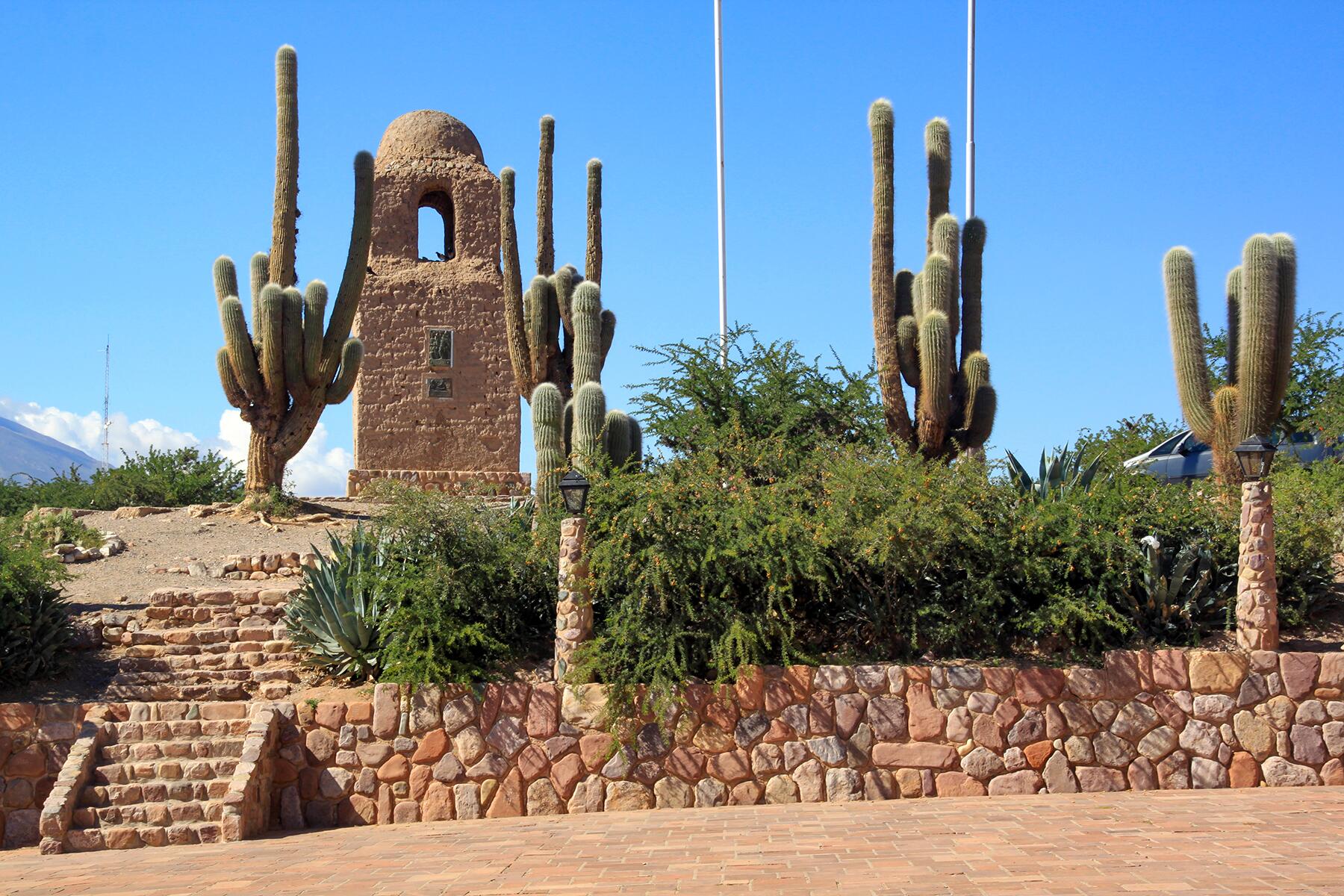

Humahuaca
Argentina
The Quebrada de Humahuaca—a long, high-plateau, rainbow-hued valley in northern Argentina—presents one of the world’s most dramatic landscapes. At 8,000-plus feet in the rain shadow of the Andes, it’s a scorched, remote realm of sandy arroyos, bald peaks, and salt pans. It’s haunting, and it’s spectacular, especially in the early and late daylight, when the rocky landscape’s ever-changing, effervescent palette of oranges, reds, and pinks turns richly majestic and exceedingly photogenic. Lonely Ruta 9 traces the ancient Inca Road cultural route through the valley, passing by a string of lively market villages, each existing long before the Spanish conquest: Tilcara, site of an ancient fortress; sleepy Uquía; scenic Iruya; and the largest and most important, the Qulla town of Humahuaca, a perfect base from which to explore this seemingly last frontier. A sunny collection of adobe buildings—including the whitewashed San Francisco Solano and a Spanish-Moorish cabildo with a locally famous clock tower—clusters around Humahuaca’s colonial square. Down one cobbled lane, the Heroes of the Independence Monument combines 70 tons of bronze in a magnificent display honoring indigenous soldiers who fought during the country’s wars of independence (the town views from the top are worth the climb). But it’s the cultural buzz connected to the realm’s indigenous population that’s most riveting: Humahuaca’s age-old festivals, artisan heritage (don’t miss the crafts market), and culinary traditions reaching far into the past. Much of Humahuaca’s mystique is its setting. Locals claim the jagged Serranía de Hornocal, just outside Humahuaca, has 33 different hues of stone. Take the trail and count for yourself. Farther south, the Cerro de los Siete Colores (Hill of Seven Colors) near Purmamarca village is a geological fantasy with hues ranging from purple to khaki to scarlet; hikers and horseback riders can explore the hill along the Paseo de los Colorados. From here, many more geological wonders and traditional villages await. And soon enough you’ll understand why UNESCO declared this mighty realm a World Heritage site, its natural and cultural elements melding to create “a site that is beyond comparison in every sense.” Indeed.
Hotel Huacalera, just south of Humahuaca, is a colonial-style ranch complete with spa and swimming pool. There’s also Hotel El Manantial del Silencio in quieter Purmamarca, a whitewashed colonial-style resort and spa with breathtaking views of the Cerro de los Siete Colores.
The best time to visit the Quebrada de Humahuaca is between May and August, when rainfall is minimal and temperatures are cooler.
Insider Tip
Every August, Humahuaca joins in the Incan tradition of honoring Pachamama (Mother Earth) for her generosity with a lively traditional festival full of dance, music, and costumes. It’s a must-see.



José Ignacio
Uruguay
José Ignacio may be home to only 30 permanent residents during the winter, but it’s become a not-so-secret hideaway for those looking to escape the seasonal summer crowds in Uruguay’s premier destination, Punta del Este. Shakira, Leonardo DiCaprio, and Mark Zuckerberg have been known to visit. The bohemian locale is on a peninsula that juts into the Atlantic Ocean with La Mansa Beach for relaxing and catching the sunset, and La Brava Beach across the peninsula for surfing and windsurfing. Indulge in eating freshly caught seafood, horseback riding along the coast, and dancing on the shore until the sun rises. After enjoying the beach, check out P Art Corner, a locally-owned gallery showcasing contemporary pieces open December 15 to March 15. International boutique Nimo With Love will open for a second season during the holidays and offers shoppers globally-inspired clothing. Make a reservation at one of the top 50 restaurants in Latin American to taste the celebrated asado-style cuisine by Fernando Trocca and Martín Pittaluga at the barefoot-luxury La Huella restaurant, situated on the beach.
The jet-set wouldn’t imagine staying anywhere but the luxurious cattle ranch Estancia Vik, beachfront Playa Vik, or upscale bungalows at Bahia Vik. For those looking for a more rustic experience that suits the naturalist vibes of the coastal village, there are many more unique accommodation options like CDL, where shipping containers have been transformed into a creative upcycled hotel.
The summer season starts in December and ends in March when the town reverts to a sparsely inhabited fishing village. It’s warm until May, and whales are seen from June to August.
Insider Tip
The third annual CAMPO Artfest is nearby in Pueblo Garzón from December 28-29. CAMPO is a nonprofit creative colony that debuted in 2017. The theme is “Uncommon Sense: Shifting Perceptions + Perspectives” and features over 40 artists who’ve reimagined how we interact with art.

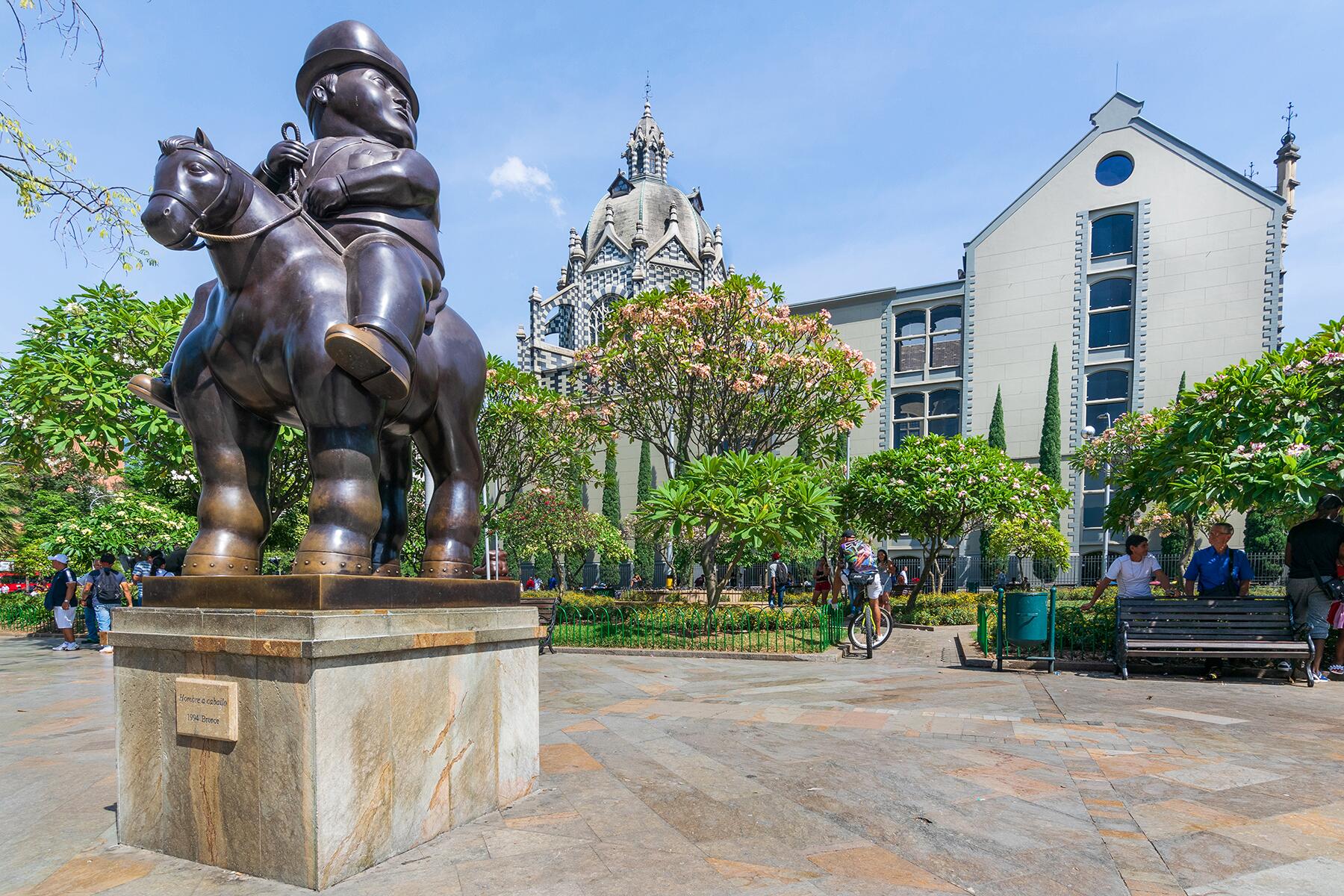

Medellín
Colombia
Medellín may well be a city shaped by a problematic past, but paisas (people from Medellín and the surrounds) have been trying to shake off the pesky Pablo Escobar association for ages. Hugged on all sides by verdant mountainous slopes and located midway between Bogotá and Cartagena, Medellín is a flourishing second city with consistently warm weather (it is the City of Eternal Spring, after all) making it the perfect spot to catch some Copa América soccer matches this year. Otherwise, take a cable car high above the city for panoramic views, stroll the art-covered streets of Comuna 13—once one of Medellín’s most dangerous neighborhoods, since revitalized—and snap photos with the exaggerated sculptures of Fernando Botero in the eponymous Plaza Botero. Don’t miss the region’s most famous dish either, a hefty bandeja paisa, complete with that quintessential chicharrón flourish.
Since opening in 2011, the Charlee has offered travelers a slice of five-star luxury in the heart of El Poblado, although visitors looking for understated boutique elegance should check out the nearby Patio del Mundo.
There’s no bad time to visit the City of Eternal Spring, although June welcomes both the Expoartesano (Artisan Expo) and Medellín Design Week, while August is known for the Flower Festival.
Insider Tip
Medellín is a city with much to explore, but that doesn’t mean you can’t take a day trip or two. Just two hours from Medellín, multicolored Guatapé—the eclectically-decorated streets of which look torn from the pages of a children’s book—is a firm daytripper favorite, although Jardín may just be prettier still.


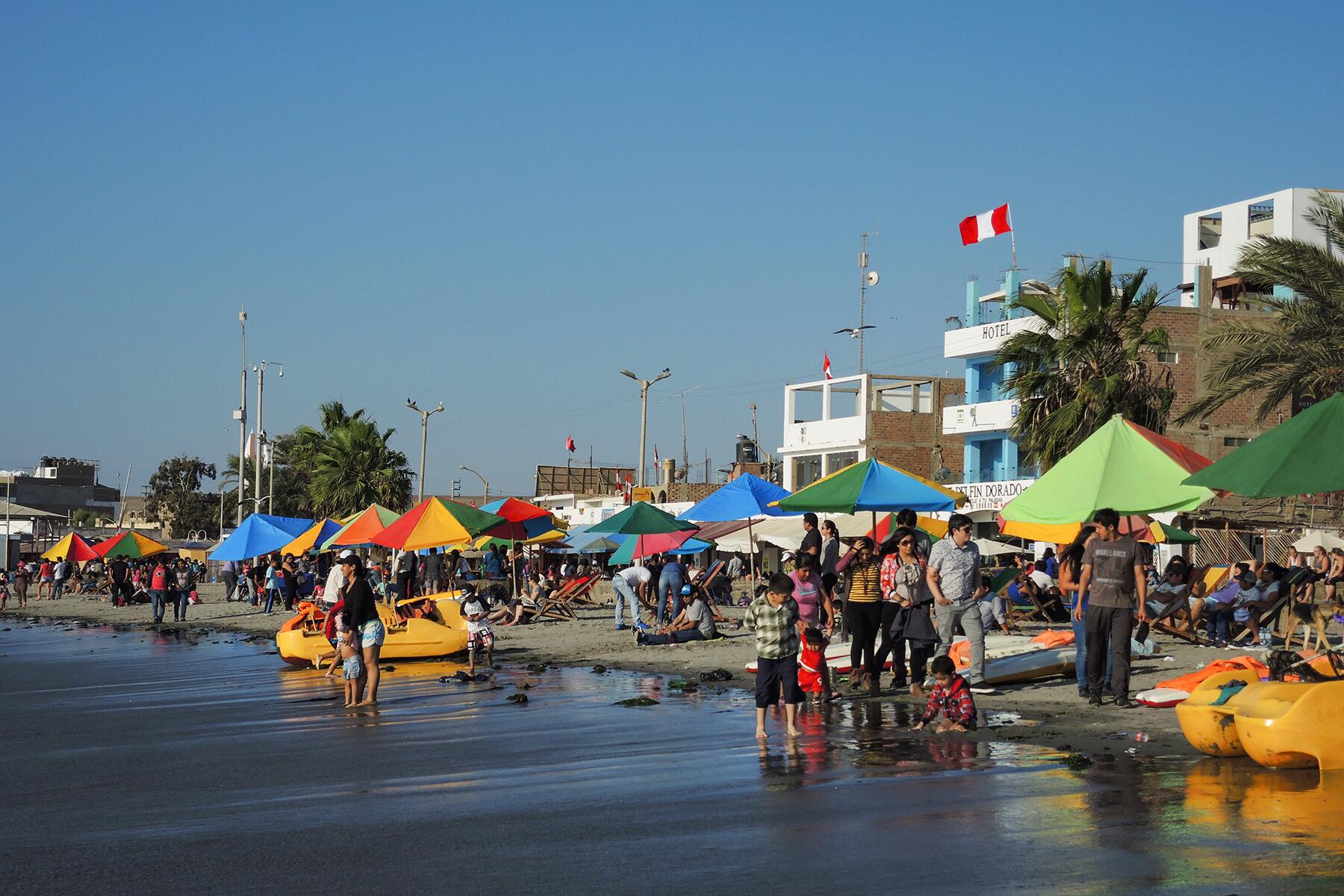
Paracas
Peru
Paracas, a few hours south of Lima, offers holidaymakers island and shoreline voyages, low-cost seafood, and copious amounts of local color along its dirt roads and surrounding countryside. While increasingly on savvy travelers’ radars, the sleepy allure of this town has yet to be overrun by tourist hordes. Hop on a boat and motor out the stony Islas Ballestas, affectionately referred to as the “poor man’s Galapagos,” where you can spot stout sea lions sunbathing or Humboldt penguins waddling about—and if luck holds, whales or dolphins breaching through the waves. The Paracas National Reserve, where the dunes of the desert flow toward the Atlantic, astonishes with its austere views, solitary beaches, and flocks of pink flamingos milling about…and of course, deafening dune buggies ripping across the desert (if speed and sand are your holiday jam). For an enlightening reminder that nothing is permanent, the curious can drop in on remnants of the past at the Tambo Colorado ruins, which offer glimpses into Incan lowland architecture, and the networks of roadside inns this extinct empire once built for weary travelers centuries past.
If you’ve come in from the desert and need a scrub and some pampering, Marriott’s Hotel Paracas, a Luxury Collection Resort offers exhausted nomads a bounty of epicurean delights, guaranteed ocean views, and a lavish spa to indulge in. The Hotel San Agustín Paracas, in the northern part of town, is more affordable, but still with superb vistas of the wild Atlantic, as the property hugs the shoreline.
While chilly weather and torrents of rain don’t really hit the arid coast, May-October generally has the least amount of precipitation, with the warmest days coming during the Peruvian summer, peaking around January and February.
Insider Tip
You’ll want to chow down on fresh fish and seafood, which can be had for reasonable prices (try the lime juice-infused ceviche). Paracas also has some of the most reliable wind in the world (and plenty of kitesurfing schools), which makes the local coastline a breezy sanctuary for any sailor who prays daily to the wind gods to release their mighty gales.

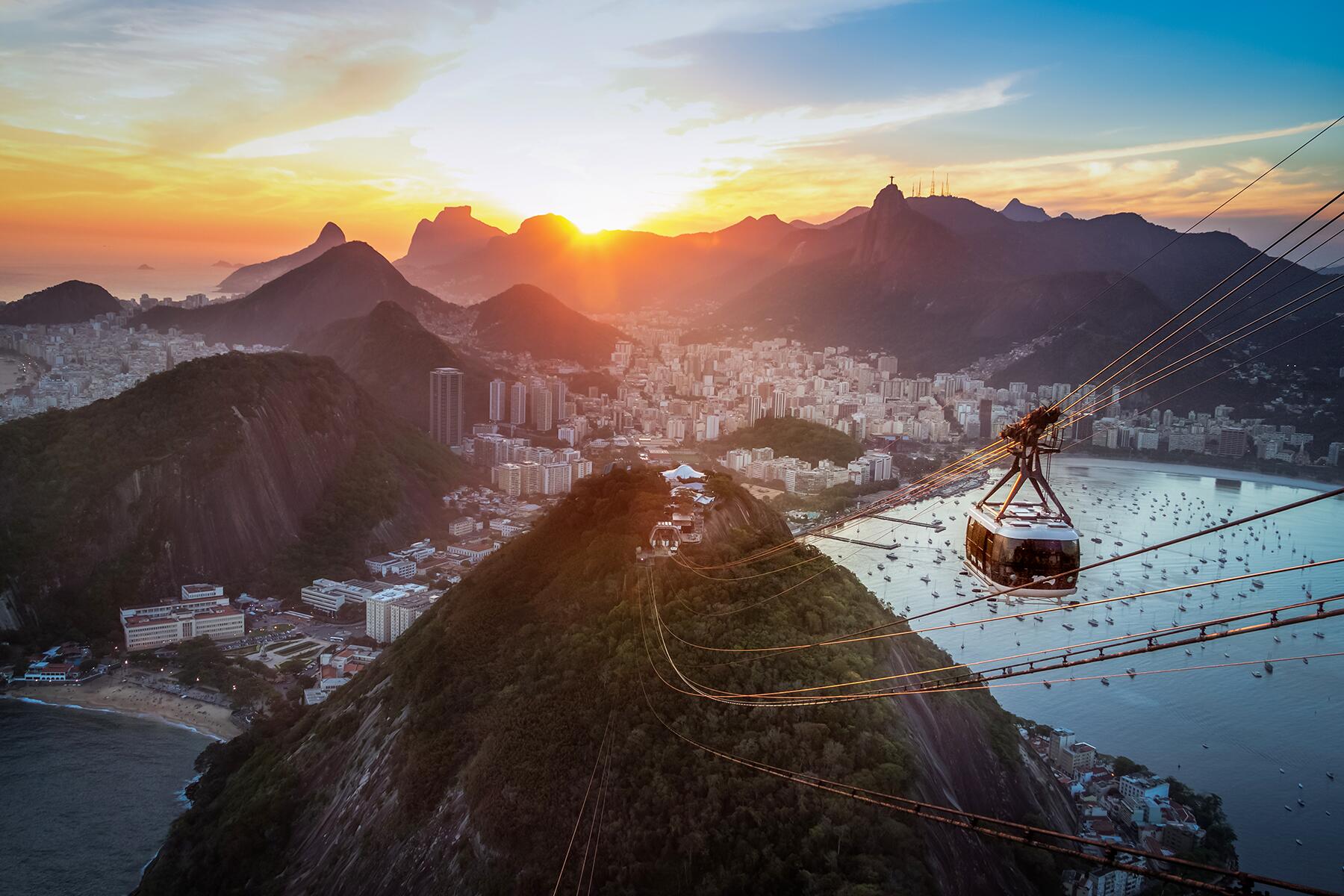
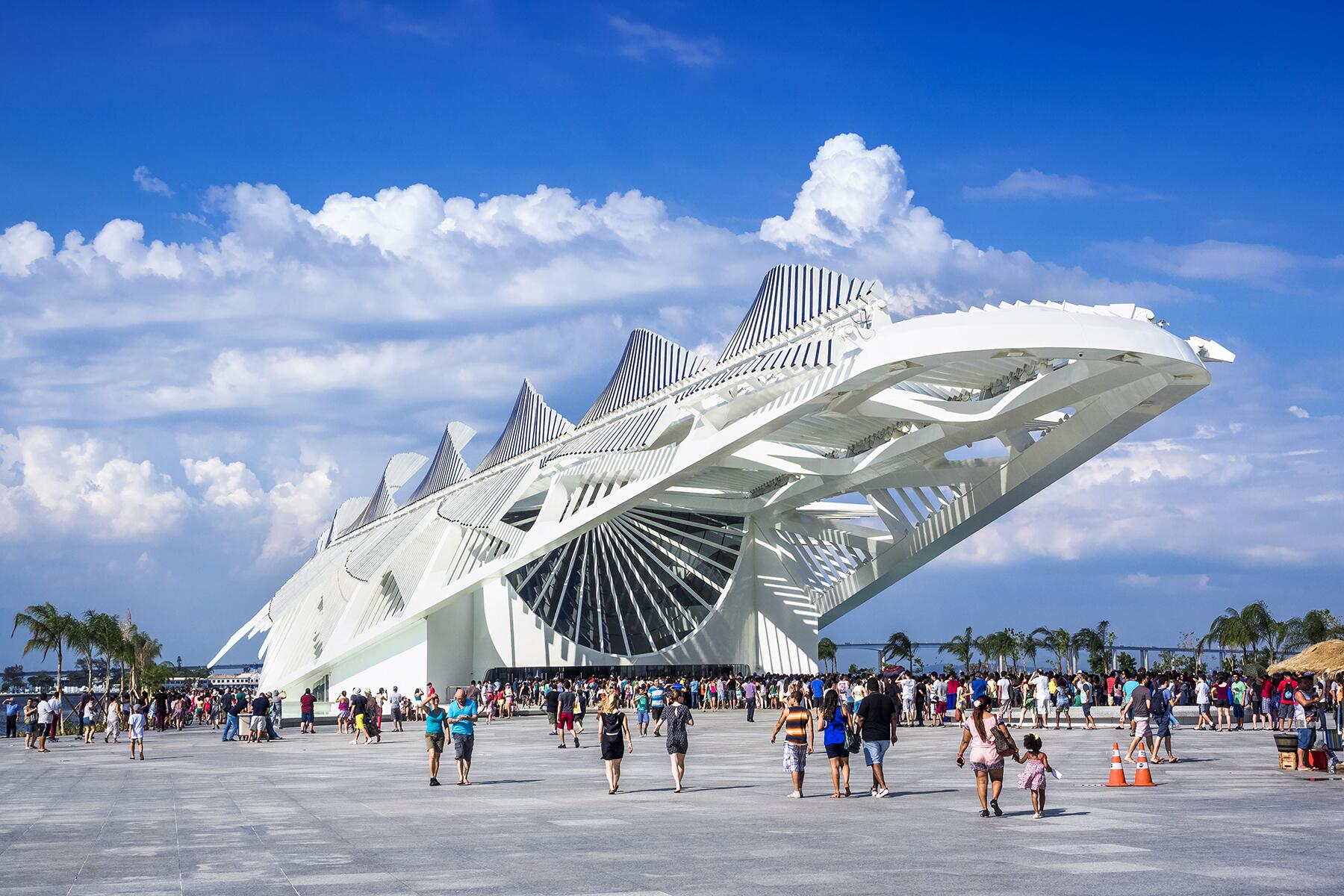
Rio de Janeiro
Brazil
It’s impossible not to fall in love with Rio de Janeiro. It’s a city for free spirits, the wild at heart, and those who prefer to travel with no map, no plan, and no reservations. Dazzling beaches, incredible music, and strong drinks create a no-shirt-no-shoes-no-problem vibe in what is arguably the world’s most beautiful natural setting for a city—and that’s not just opinion: Rio’s Guanabara Bay has been named one of the seven wonders of the natural world. Rio is a city that feels alive, like it has its own heartbeat (the rhythm of samba, of course) and it’s own moods (visit during the rainy season and you’ll see for yourself). The topography and architecture of this city are like nowhere else in the world, with limestone cliffs covered in lush vegetation, favelas built on improbable slopes, steep winding streets paved in cobblestones, and of course, the world-famous beaches of Ipanema and Copacabana. Carnival lights up the city for weeks leading up to the extravaganza (happening from February 21 to February 26 in 2020), but dancing in the streets is the norm here year-round, especially in the nightlife-heavy neighborhood of Lapa, home to Rio Scenarium (it’s touristy, but still one of the best places in the city to get a taste of samba). Rio is undeniably a party, but it’s much more than that. The art scene here is out of this world (check out the Museum of Modern Art [MAM]and the work by Favelarte, who are bringing together communities through art and photography) and although Americans tend to immediately associate Brazil only with churrascaria, the dining scene here will surprise you. Head to the hills for the tropical treehouse vibes of Aprazivel (and order the Arroz Carioca and the hearts of palm) or luxuriate in the old-school service upstairs at Bar e Restaurant Urca, hidden in a quiet neighborhood at the base of Pão de Açúcar. In Rio, there’s a surprise around every corner, and the sense of discovery permeates the entire city. The best way to explore is to have no destination. Wander around, find a bar, make some friends, and see what happens. Anything is possible in this magical city filled with beautiful people—as long as you know how to relax and go with the flow.
If you’re heading to Rio to dance in the streets and live your best life, you’re going to want to either stay on the beach or up in the hills with the hipsters. Hotel Fasano is a celeb-studded beachfront hotel that exemplifies the modern, upscale panache of Ipanema. In stylish Santa Teresa, the Santa Teresa Hotel by M Gallery is a luxe oasis with an incredible view, while Chez Georges, winner of our 2020 Fodor’s Finest, is a design-y and casual accommodation just a few blocks away. For those on a budget, Mama Shelter has affordable rooms that don’t sacrifice style.
Local Weather
If it’s your first time in Rio, don’t visit during Carnival. The best time to see this city shine is in the weeks between Christmas and Carnival, when the northern hemisphere is freezing and the sun and sand beckons. In the weeks leading up to Carnival, the city is a frenzy of impromptu outdoor parties, making this an exciting time to visit.
Insider Tip
It seems like a terribly cheesy thing to do–and it is–but to truly appreciate the varied landscape of this city, you should plan on a visit to either Pão de Açúcar or Christo Redentor. These tourist traps are touristy for a reason, as they offer incredible panoramic views of one of the most scenic places on earth.


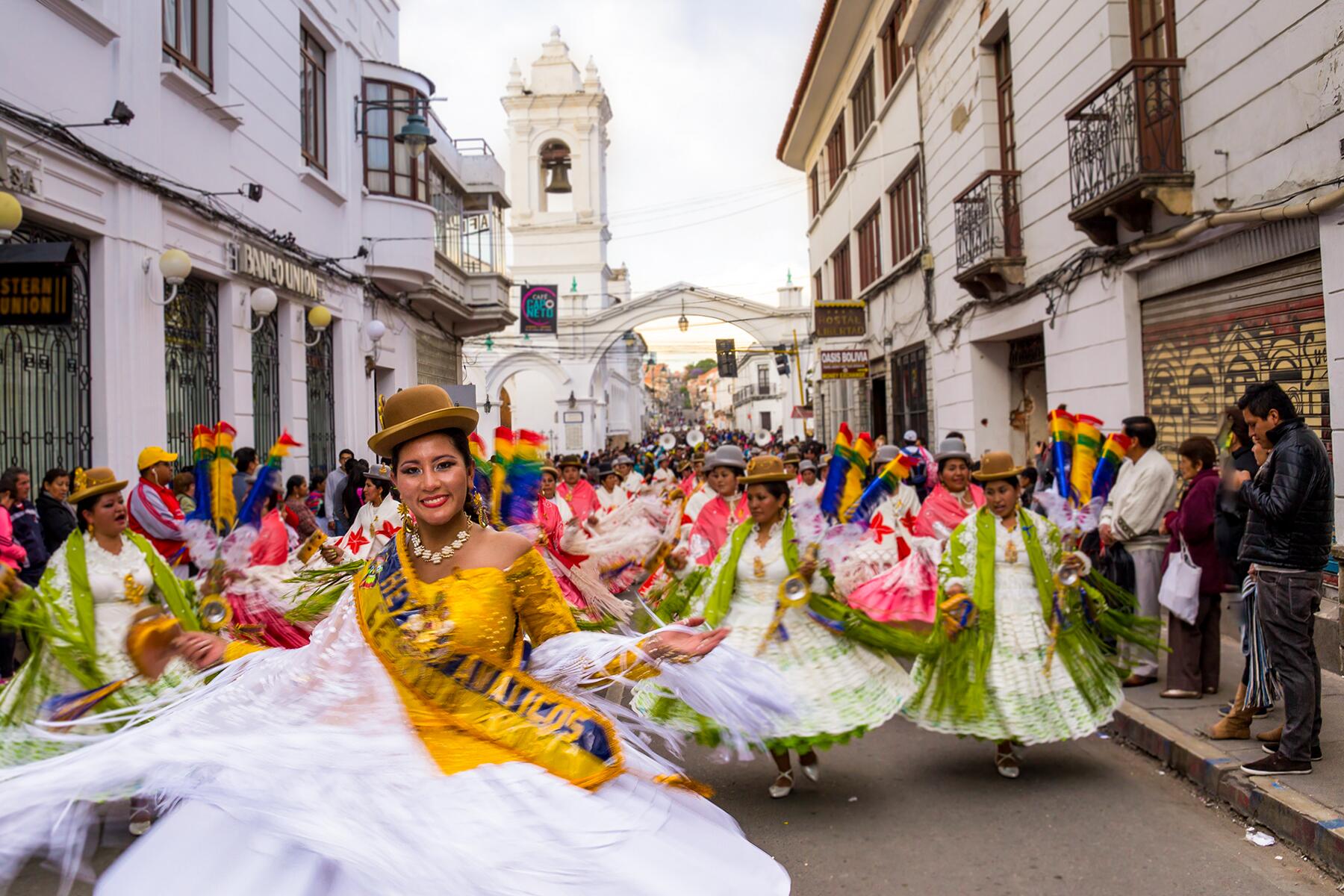
Sucre
Bolivia
Sucre, nicknamed “the White City” thanks to a wealth of whitewashed colonial-era buildings—from the Universidad Mayor de San Francisco Xavier (founded in 1624) to the Casa de la Libertad, where Bolivians signed their Declaration of Independence in 1825—is a gorgeous UNESCO World Heritage Site where European and South American aesthetics and cultural sensibilities are woven together. Immensely walkable, Sucre hosts a number of architectural riches and museums, including the divine Chapel of the Virgen de Guadalupe, and the nearby Cathedral, with touches of Baroque, Mestizo Baroque, and Renaissance in its design. For an edifying peek into the past, call on a mummy or two at the Museo Charcas, or soak in Bolivia’s contemporary art scene at the Museo del Arte Moderno. For food, color, and an array of smells, the Mercado Central as well as the sprawling Mercado Campesino are sure to hit you with a barrage of visual and olfactory excess. Tuck into appetizing street eats like salteñas (Bolivian empanadas) as you wander about, and if you’re arriving in September when the International Cultural Festival is on, enjoy free dance and theatrical performances across this cobblestoned city.
Because Sucre is so easy to explore on foot, try to stay close to the center. The Mi Pueblo Samary boutique hotel, with its picturesque courtyard, is only a few minutes away from the exceedingly central Plaza 25 de Mayo. Slightly farther afield but more affordable is the Hotel San Felipe, which offers tranquil surroundings, with breakfast severed on a lovely, sunlit terrace with panoramic city views.
The dry season (April-September), while a bit cooler, is the perfect time to go if you fancy sunny days. The rainy season, which hits in October, shouldn’t be a problem either, as long as you don’t mind overcast skies.
Insider Tip
Love giant lizards? Satiate your dino-cravings and visit clay-dried dinosaur footprints, skeletons and (somewhat cheesy) sculptures at Parque Cretácico, a few miles northeast of the city. For a genuinely rural shopping experience, head a couple of hours southeast to Tarabuco, where indigenous culture, polychromatic textiles, and a variety of handcrafted goods are hawked in celebratory fashion at the weekly Sunday market.

